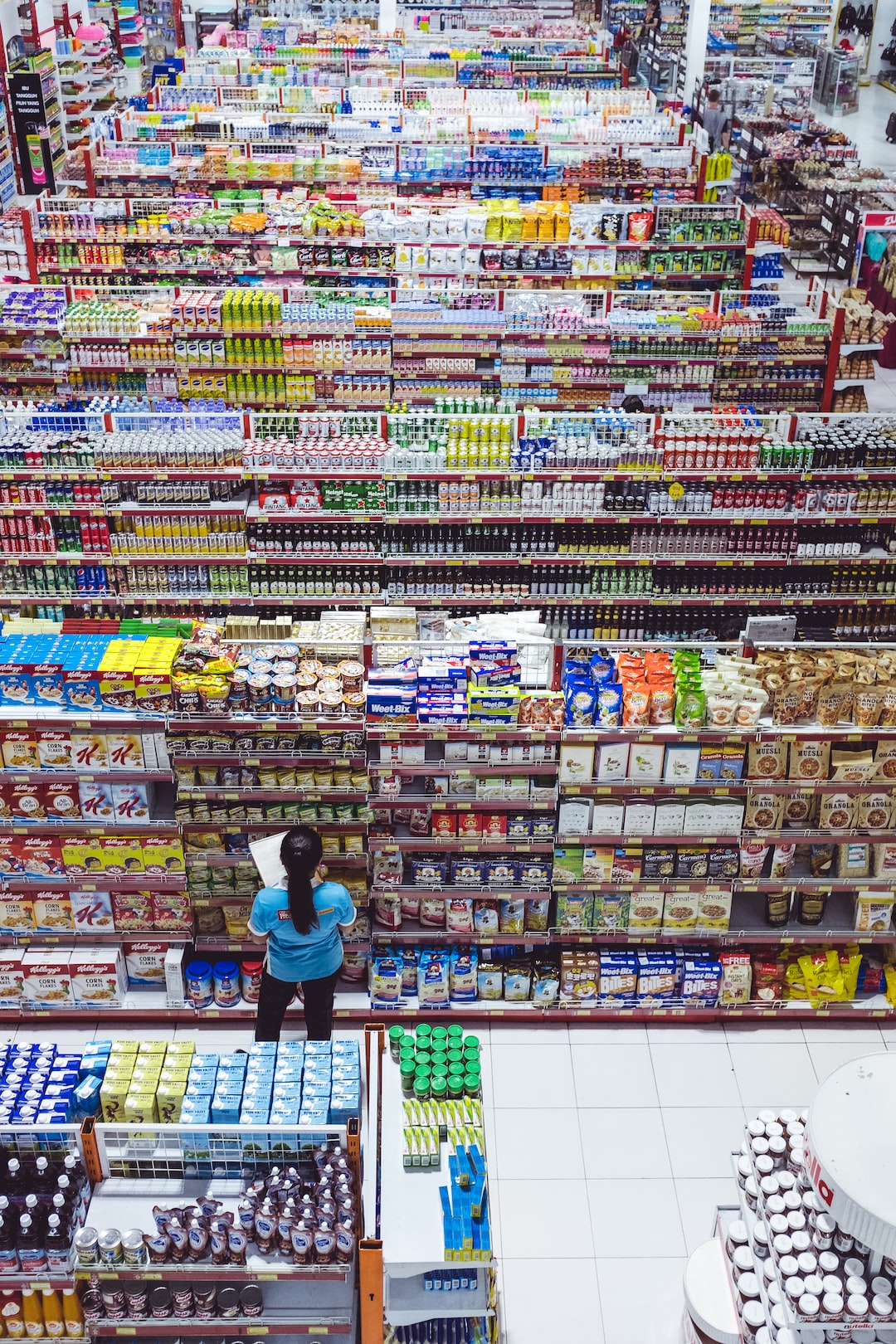The Truffle Market: Understanding the Factors Influencing Prices
Truffles, those aromatic and rare underground fungi, are often regarded as a delicacy and luxury ingredient in many cuisines around the world. However, what makes them so expensive? To answer this question, we need to delve into the factors influencing truffle prices, including the truffle cost per gram.
One of the primary factors that influence truffle prices is their scarcity. Truffles are challenging to cultivate; they grow underground in specific soil conditions, and their cultivation process can take several years. This limited and unpredictable supply means that truffles are in high demand, making them a coveted ingredient for chefs and food enthusiasts alike. As a result, the scarcity of truffles plays a significant role in driving up their prices.
The type and origin of the truffle are also crucial determinants of its cost per gram. There are various types of truffles, including black truffles, white truffles, summer truffles, and winter truffles. Each type has its unique flavor profile and aroma, which can command different prices. For example, white truffles from Alba, Italy, are highly sought after and considered the most luxurious truffles, often demanding a high cost per gram. The rarity and intense aroma of these truffles make them a prized ingredient in many gourmet dishes.
Furthermore, the quality and size of the truffle also impact its market price. Truffles that are harvested at the peak of their maturity and possess a superior aroma and texture usually fetch a higher price. Larger truffles are also highly prized as they provide a more substantial yield when shaved or grated into dishes. The quality and size of truffles vary, and these variations influence the truffle cost per gram.
Finally, the truffle market itself and the supply chain also play a role in determining prices. The truffle market is highly competitive, and various stakeholders, including truffle hunters, traders, and restaurants, influence the prices. Truffle hunters, who spend hours searching for these elusive fungi, set the initial price based on the scarcity and quality of their harvest. Traders then negotiate with the hunters and supply the truffles to restaurants and specialty stores, adding their markup. Each participant in the supply chain aims to maximize their profits, contributing to the final truffle cost per gram.
In conclusion, the truffle market is governed by several factors that influence the price of these highly-prized fungi. The scarcity, type, origin, quality, and size of truffles, along with the dynamics of the truffle market itself, all contribute to the truffle cost per gram. As truffles continue to be a sought-after delicacy, understanding these factors can provide valuable insights into how and why their prices vary.

